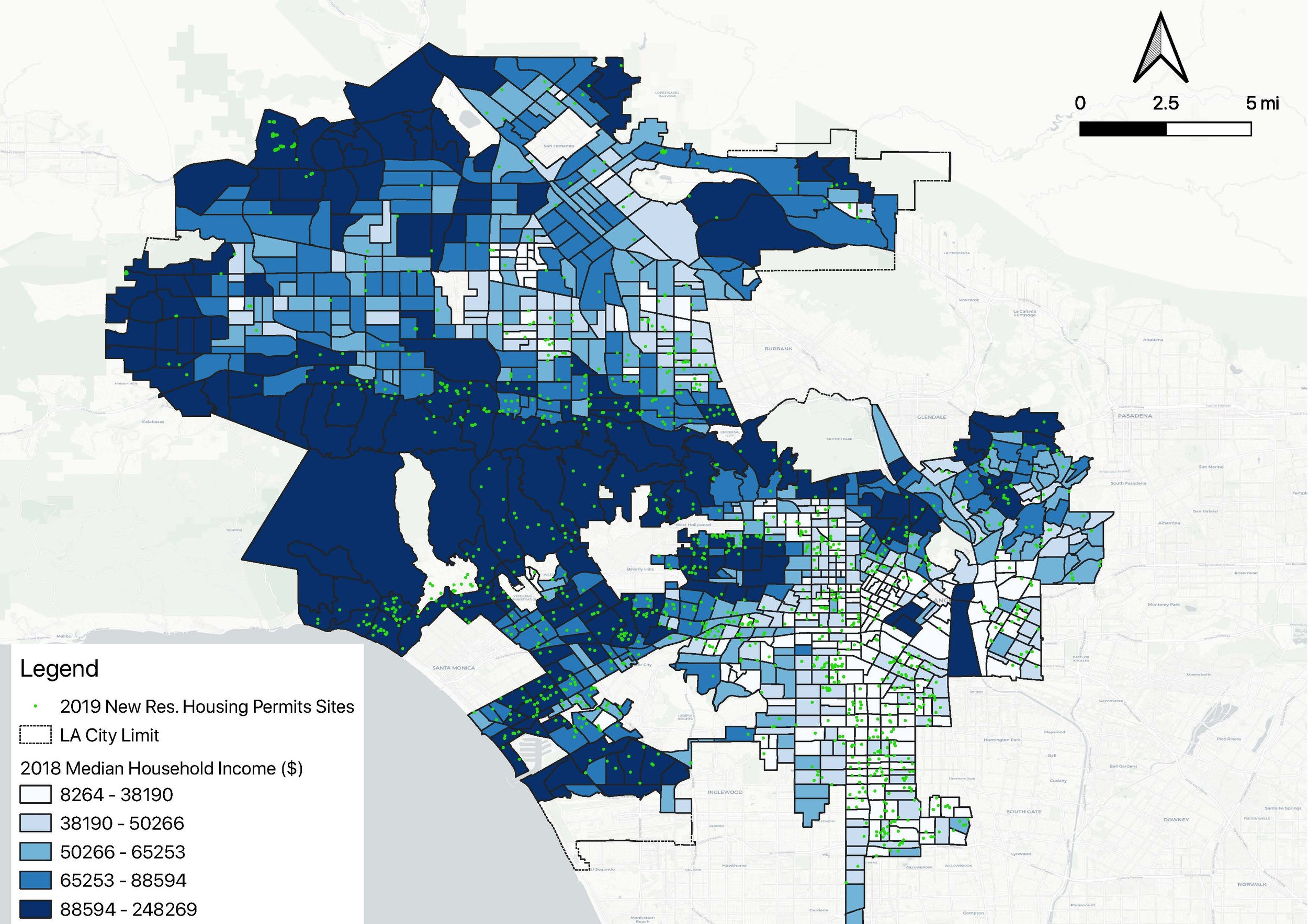California’s Residential Solar PV Mandate
11.165 Urban Energy Systems & Policy Final Paper - Fall 2020
Download paper here.
Abstract
The California Energy Commission (CEC) recently updated the 2019 California Building Standards Code (Title 24) in its quest for a ZNE future4. As of January 1st 2020, Title 24 Section 6 which pertains to building energy efficiency standards makes California the first state to require on-site solar photovoltaic systems for all newly constructed low-rise residential buildings. Section 150.1(b)1 defines performance standards with an added solar rating which new constructions must comply with. Ideally, the amount of solar PV must cover the building’s annual energy expenditure; however, several factors including shading, climate zone, and the installation of a battery system can alter the final requirement. Title 24 offers an alternative community-based approach for meeting the state’s solar requirements. Communities can apply to the CEC for approval of a shared solar renewable project or program which can be used in lieu of onsite solar for every new residential construction. The community proposal must have a clear enforcement method, offer savings that are at least equal to the non-community option, and supply solar energy directly to the buildings. While the CEC projects the average upfront cost of a single-family home will increase by $8400, customers will ultimately benefit by seeing $500 in annual electricity bill savings as well as reducing carbon emissions5. This paper will explore potential impacts of the new PV mandate on the state’s largest city - Los Angeles - and recommend an implementation strategy for the city to meet the new building codes.

